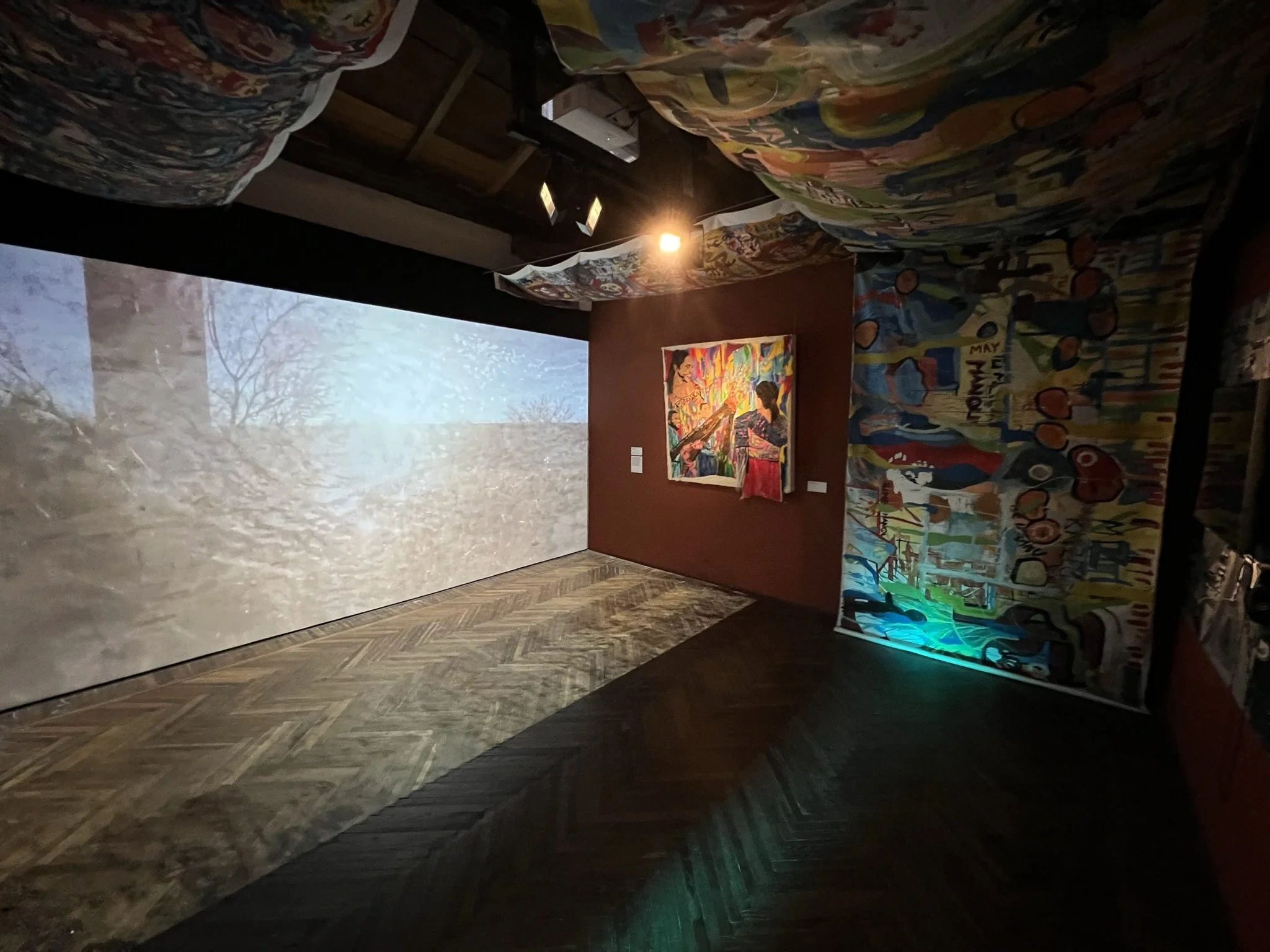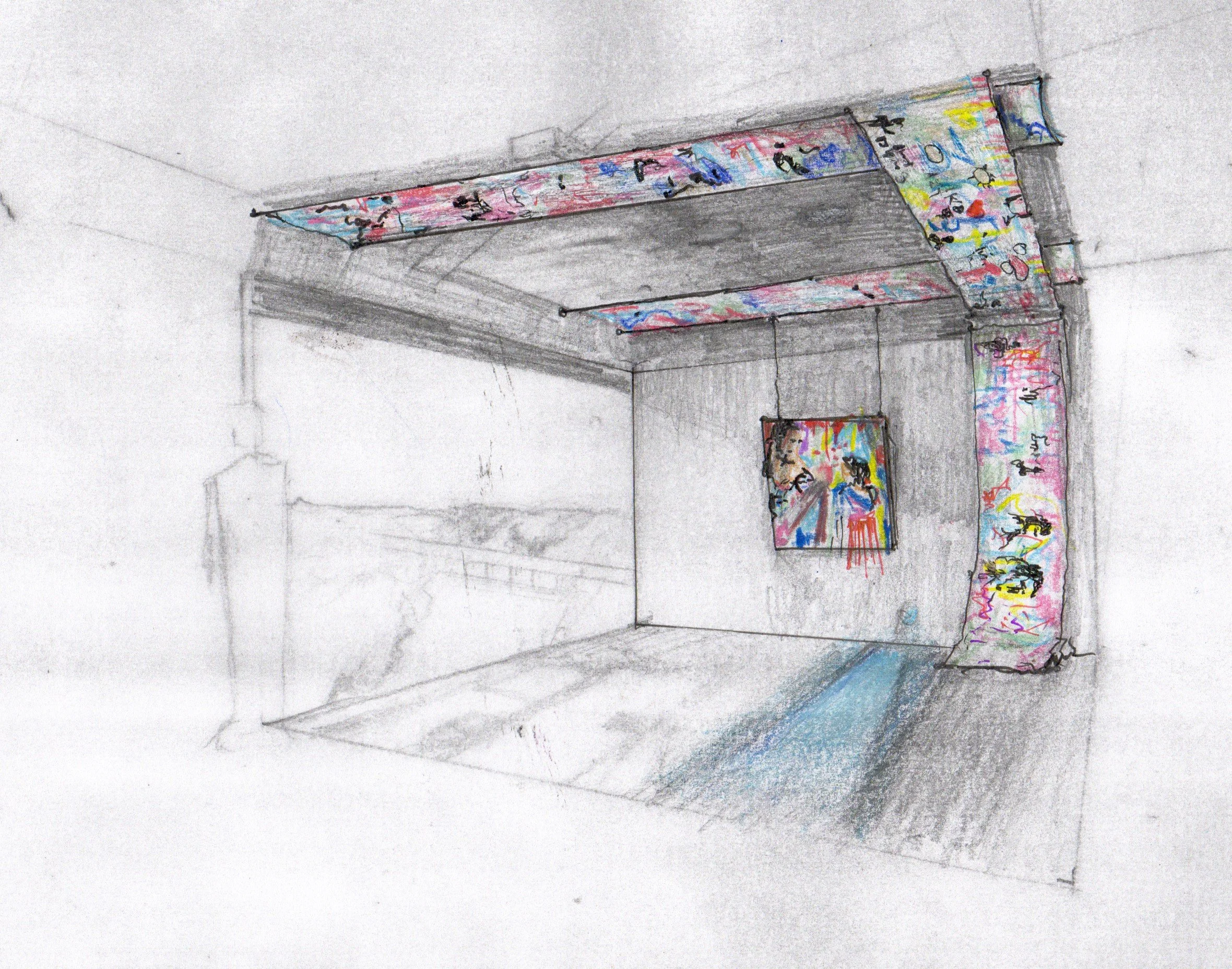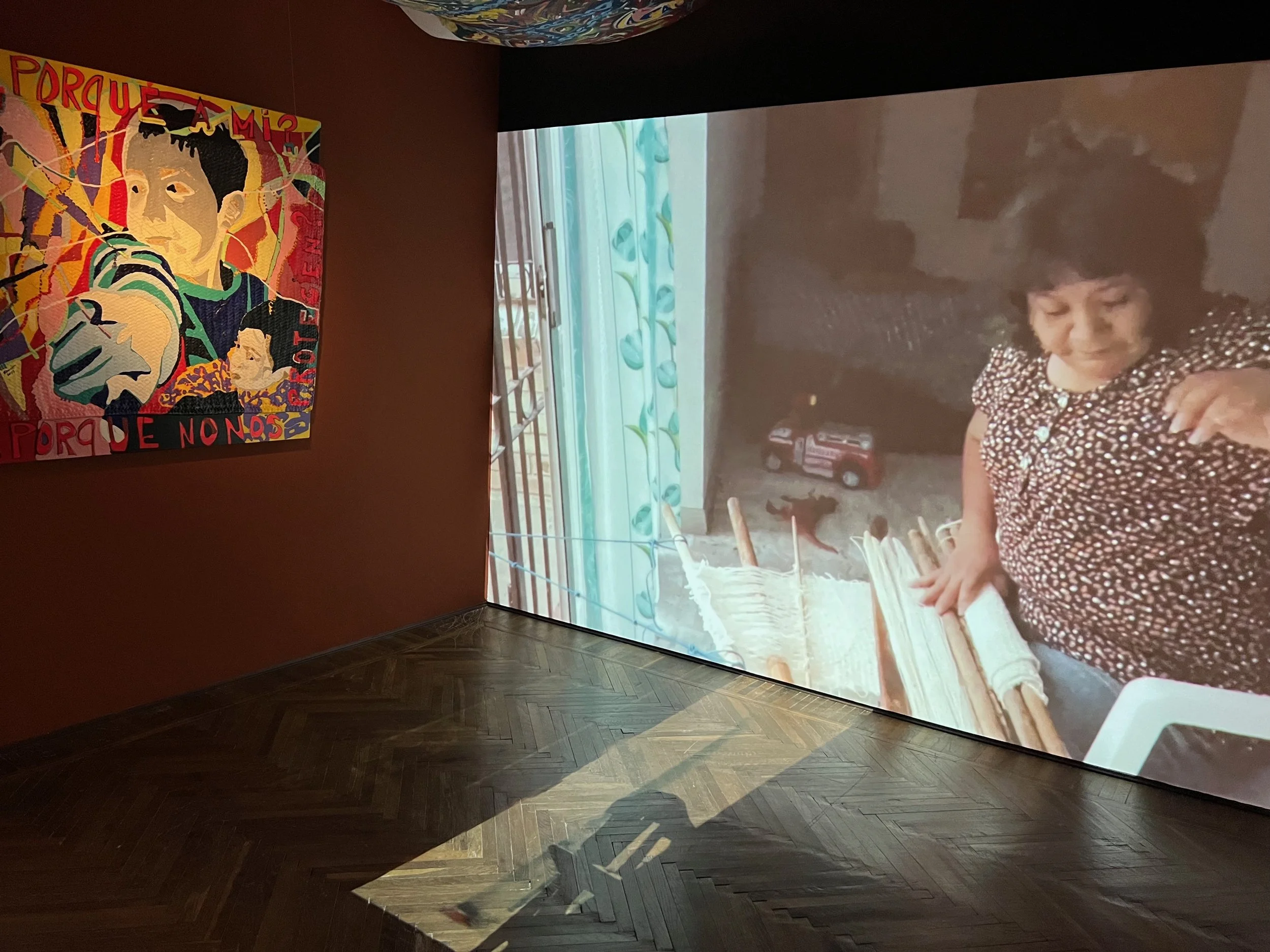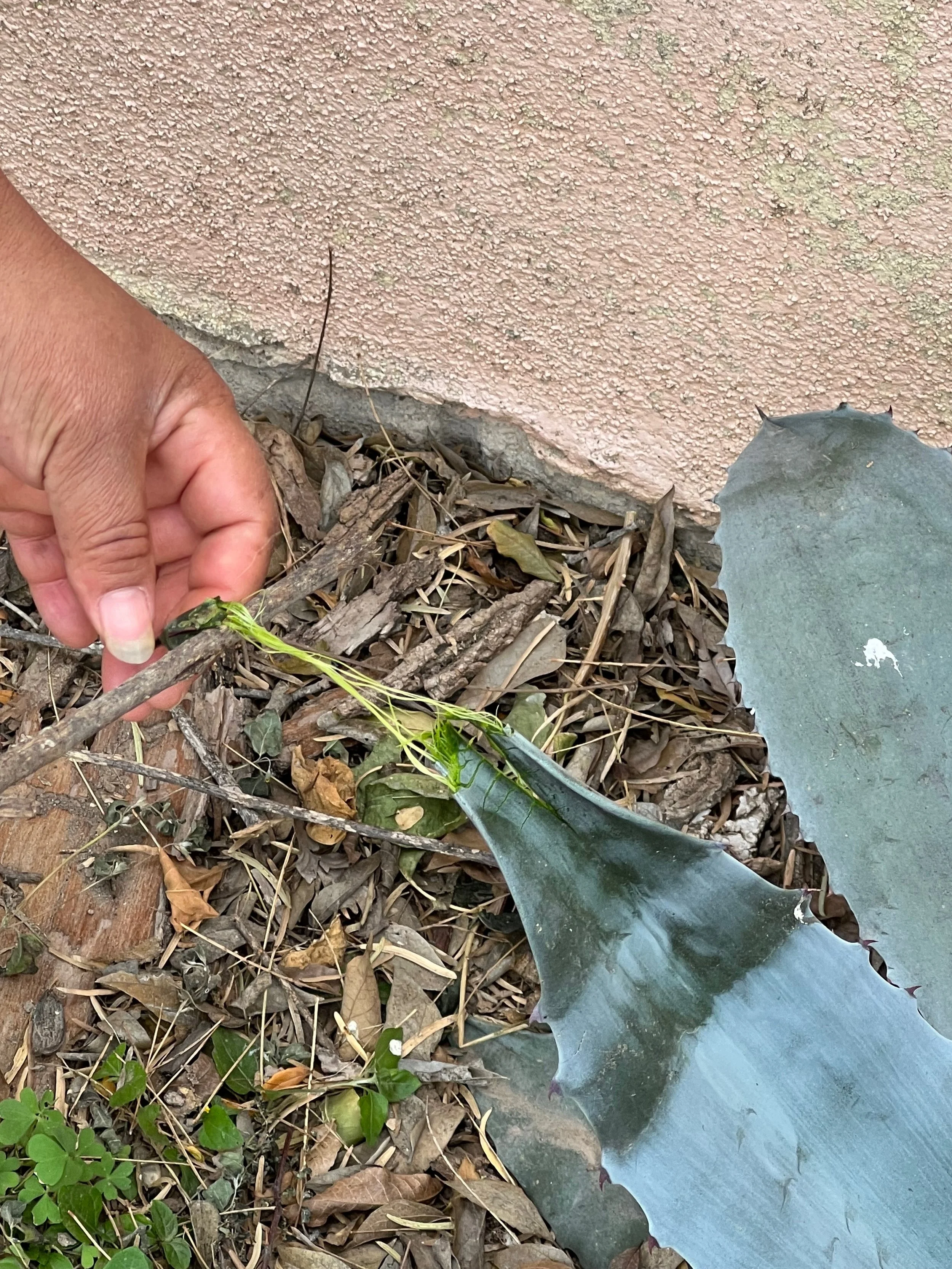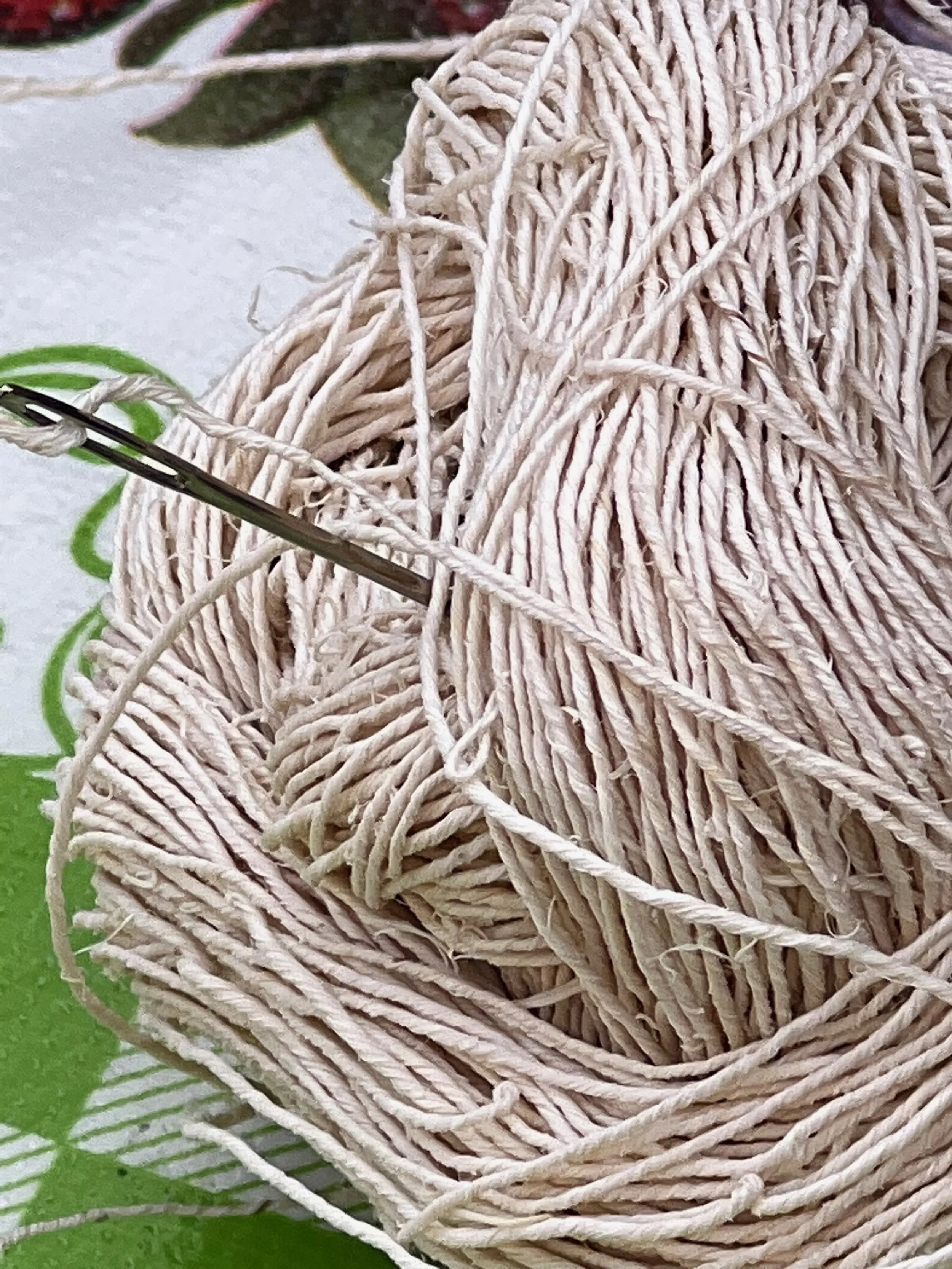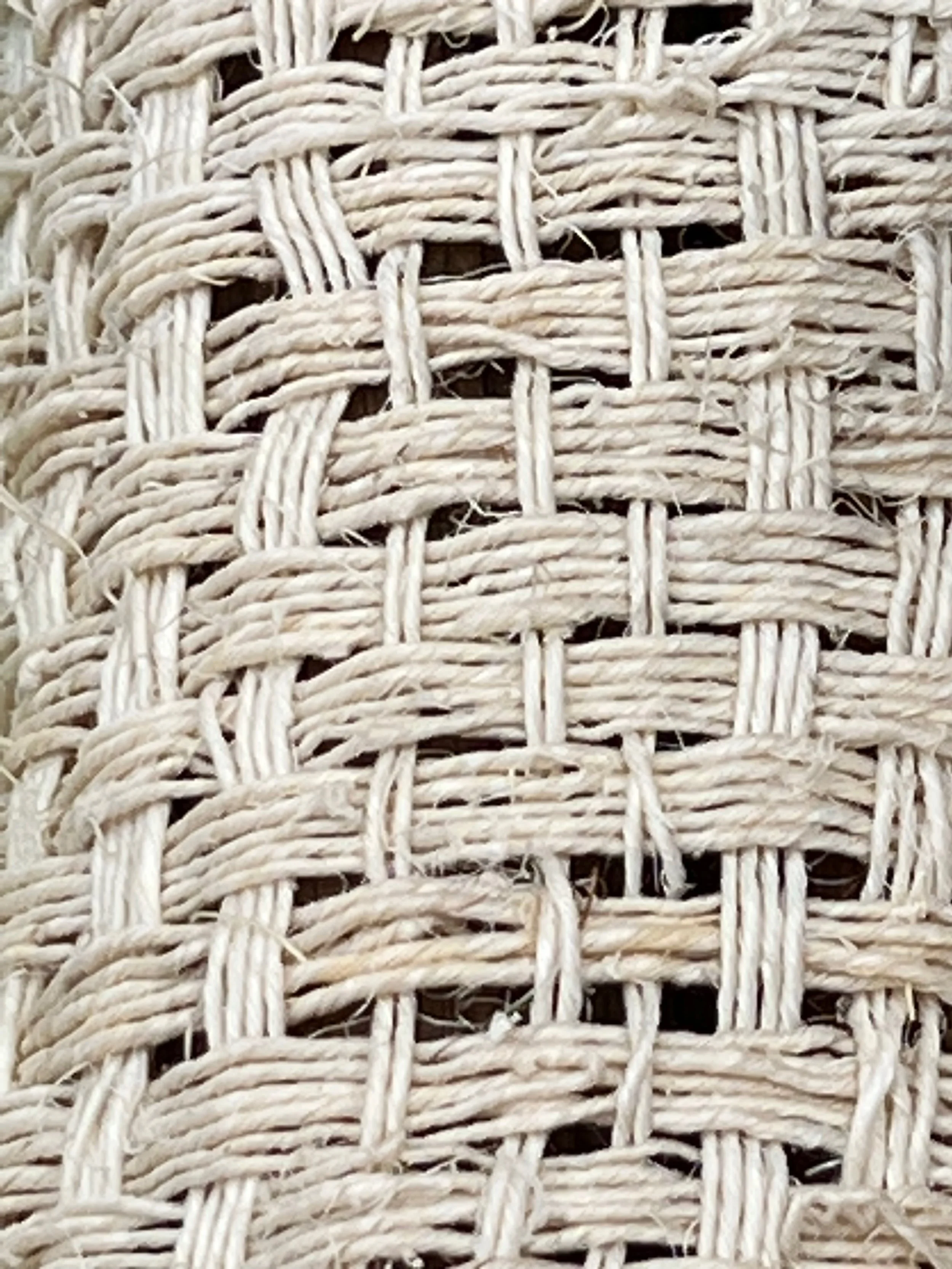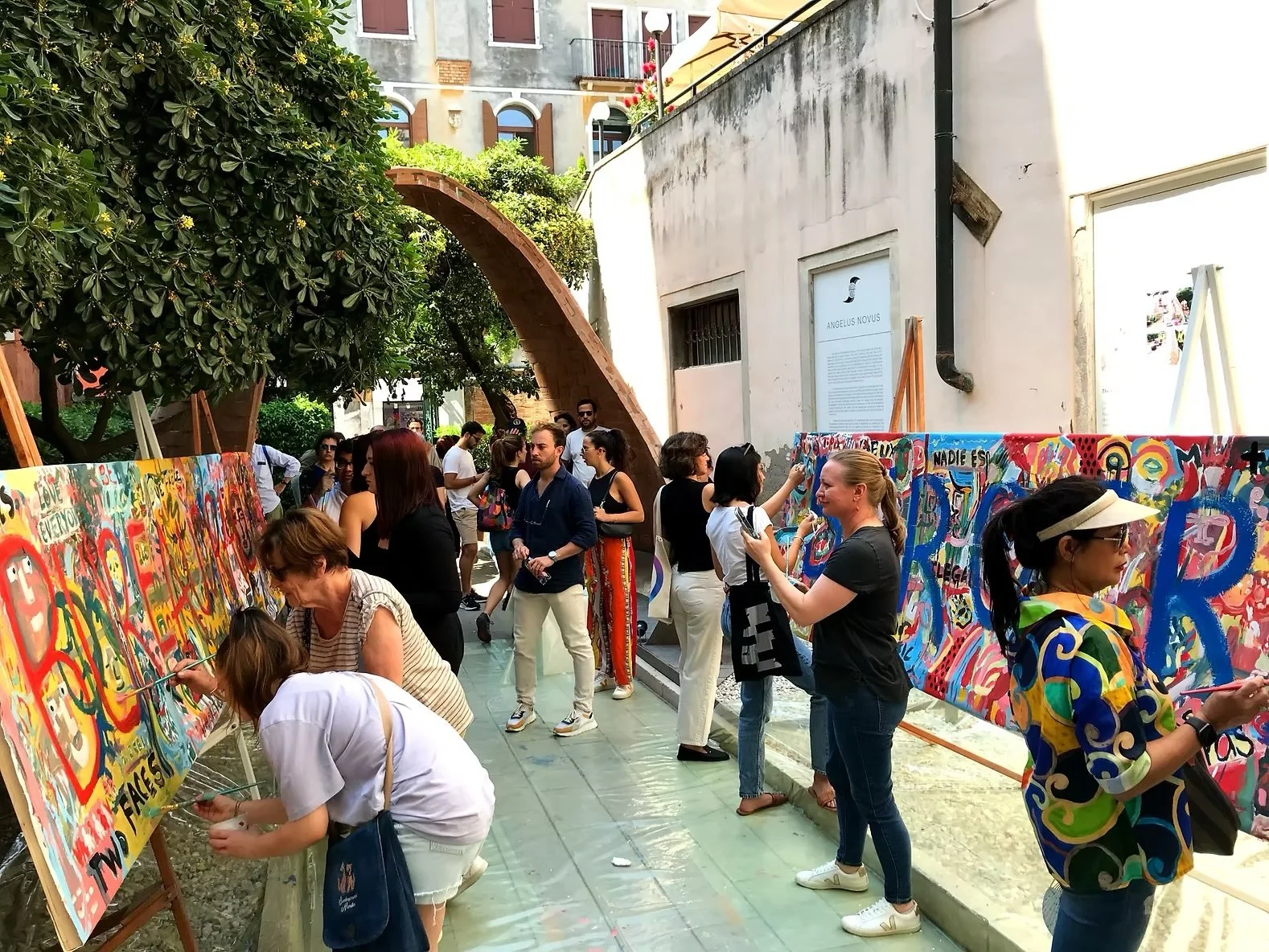Contesting and Bridging Boundaries and Borders
The US-Mexico Indigenous and Migration Experience
Time Space Existence Architecture Bienneale, European Cultural Center
Palazzo Mora, Venice, Italy
May-November 2023
Diane Fellows
Faculty, Architecture and Interior Design, College of Creative Arts
Miami University
Adrian Jésus Falcon
Falcon Arts Center Foundation
Diana Lizbeth Zuñiga Hernandez
Global Indigenous Collective
Gion DeFrancesco
Faculty, Theatre, College of Creative Arts
Miami University
Diane Fellows invited me to join this project which was connected to her studio in the Department of Architecture and Interior Design. It was conceived as an installation of video (Diane’s specialty) and painting (by Adrian Falcon and his daughter Diana Hernandez) uniting in space as an exploration of borders and migration across the US - Mexico border. It also incorporated projects completed by students in Diane’s studio after a semester-long immersion in the issues, including field study in Del Rio, TX and Acuña, Mexico.
The project was accepted into the 2023 Time Space Existence biennial in Venice, Italy in the fall of 2022. Our space was small, and we wanted to create an immersive feel with some elements of theatre, integrating the following:
One canvas by Adrian and one canvas by Diana, personal expressions of culture and migration
Diane’s video, exploring challenges of indigenous cultures persevering through the strains of migration. The video was built from footage Diane filmed in Del Rio and Acuna over the course of three visits. Technically, Diane created TWO videos. One was to be focused on the wall and the other on the floor in a seamless transition
A canvas mural painted by the Architecture studio with Adrian in residence
A canvas mural painted by high school students in Venice on the first day of the exhibition
Digital displays of the projects created by the Architecture studio
As scenographer, I helped visualize ways to install the features and build paths that would bring spectators through and engage them with the art. How might our own creation of boundaries and paths in the space enhance the work?
Our hope was to incorporate some lighting that might reveal a path of light triggered by moments in the video, and some audio triggered by movement through the space. The limitations of the space were prohibitive. Visible in the realized photo, we did add a simple pin spot on the floor to create a permeable barrier of blue, signifying the crossing of the Rio Grande.
Some different ways of creating visual paths using the murals. At the start, we wondered if these could be footpaths. We decided it best to use rigging above and let them flow from ceiling to wall (as the video flows wall to floor)
This quick rendering, a SketchUp model enhanced in Procreate, plays with draping the murals over the rafters of the space. To make the murals more present, we began thinking of of adding a wire grid to the space.
A little more detail on top of the wire grid sketches
Incorporating fiber
A segment of the video features Maria Falcon weaving ixtle fiber into cloth, a tradition among their indigenous community in danger of being lost as the community moves and assimilates to survive within a Mexico still coming to terms with its colonized past. The ixtle fiber is spun from the agave plant.
We considered adding fiber to the installation. The murals were painted on canvas, and both paintings were done on woven petate mats. Thematically, ropes are commonly used to create barriers and are made of fiber. Below are some designs for an entry obstacle incorporating these themes:
Here are the installation layout drawings sent to the ECC
And images of the painted art pieces used in the installation
